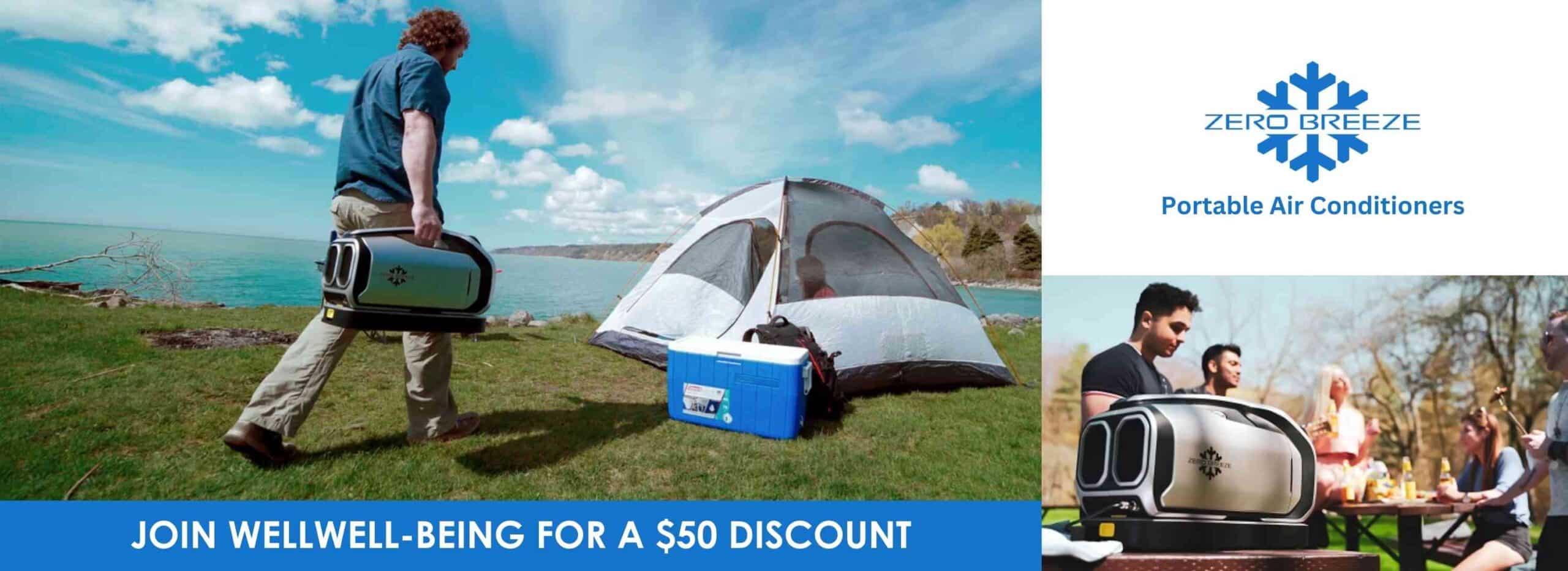By Barbara Krooss –
Oxygen therapy is being promoted as a miracle panacea by biohacking athletes, celebrities and over-indulging partiers. Effectively sold as canned oxygen, it is marketed as the inhalation equivalent of a zero-calorie sports drink online and in local stores. Its promises, among others, include increasing alertness, reducing stress, relieving headaches and even battling back hangovers. Questions, however, remain over its oxygen’s effectiveness, safety and legality.
Hospitals, of course, normally use oxygen for acute and chronic respiratory problems like pneumonia, COVID-19, asthma, cystic fibrosis and COPD. At-home and portable oxygen concentrators even help relieve emphysema and sleep apnea. It is also essential any anesthesiologist’s work. Used in hyperbaric (high-pressure) chambers, it treats decompression sickness and toxic inhalations and promotes wound healing.
Now there are a myriad of benefits promised by off-label (non-traditional) products. These include something akin to an airy fountain of youth—a legal euphoric high that enhances energy, alertness and concentration while paradoxically relaxing and reducing stress. They claim to rejuvenate skin, mitigate hangovers, headaches and sinus problems, and help athletes prepare, catch their breath and recover.
The bigger issues surrounding these treatments are their legality, regulations and effectiveness. Ultimately, these areas can be murky. Individual states regulate oxygen treatments in spas, health facilities and oxygen bars. Anyone, however, can score oxygen canisters online or over the counter in stores like CVS, Walgreens and Walmart. Being “99.5 percent aviator breathing oxygen,” not a medical or industrial product, it escapes most regulations. In fact, do-it-yourself use requires no prescription, with 40 to 60 one-second inhalations costing about $20.
Traditional medical applications are well-established, but oxygen therapy’s off-label effectiveness is questionable. Admittedly, a few studies suggest that extra oxygen could help athletic performance, protect against injury and also help in recovery, but most research disagrees. The Court of Arbitration for Sport and the World Anti-Doping Agency, in fact, concluded that supplemental oxygen does not enhance several types of muscular work.
Other professionals also question its worth. “It’s one of the biggest placebo effects going” for sports recovery, reported Conrad Ernst, Ph.D., of the Cooper Institute. Dr. George Boyer of Baltimore Mercy Medical Center went further in questioning the therapy’s impact. “There has been no scientific research that this extra shot of pure oxygen has any benefits.” Finally, the Canadian Society of Respiratory Therapists concluded that it could not “ethically or morally” support giving oxygen to those who did not need it.
Effectiveness, of course, is not the same as whether it is safe. Here there is also some debate. The American Lung Association reports “There is no evidence that oxygen at the low flow levels used in (oxygen spa) bars can be dangerous to a normal person’s health.” In turn, the National Council on Aging warns that “OTC oxygen is not recommended for people with pre-existing conditions, like asthma, COPD, COVID-19, cystic fibrosis, emphysema, heart disease, lung cancer, pneumonia, pulmonary fibrosis or sleep apnea.”
In terms of hyperbaric oxygen, it does promote cellular recovery, but research has yet to support claims of its effectiveness for psychiatric problems, AIDS, Alzheimer’s disease and cancer. Despite this, doctors in spa-like facilities offer off-label hyperbaric oxygen for “both healthy individuals as well as those with neurological conditions for both healing and recovery.”
Deep-pocketed celebrities, think Michael Jackson, Michael Phelps, LeBron James and Justin Bieber, have added to the interest in the process by personally chasing revitalization and cosmetic and generic wellness by sleeping in-home hyperbaric chambers. At costs ranging from $4,000 to $40,000, it means these chambers are increasingly affordable to a wide group of people. Listed by the Food and Drug Administration as Class II medical devices, their use does require a prescription and medical clearance, which is important for safety.
Regardless of whether or not the therapy is beneficial, it should not replace medical care. It is equally important not to misuse medical equipment. However, if medical clearance rules out contraindications and reasonable guidelines are followed, a little canned oxygen shouldn’t be a concern. Individuals can then decide for themselves it’s the promised benefits are real.













